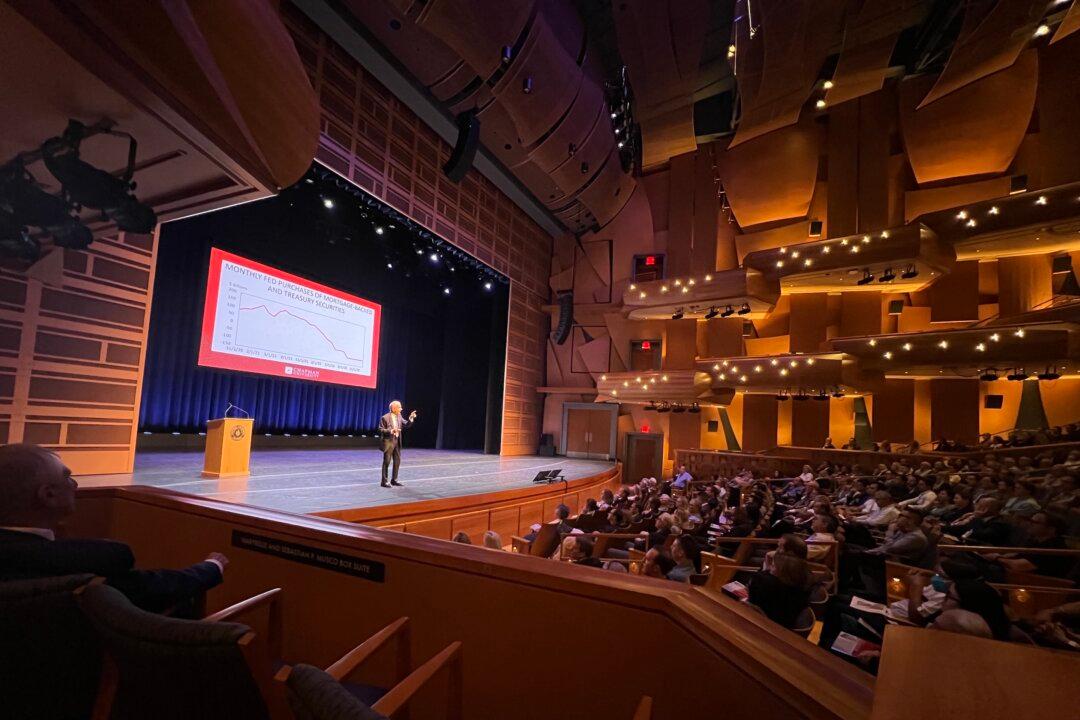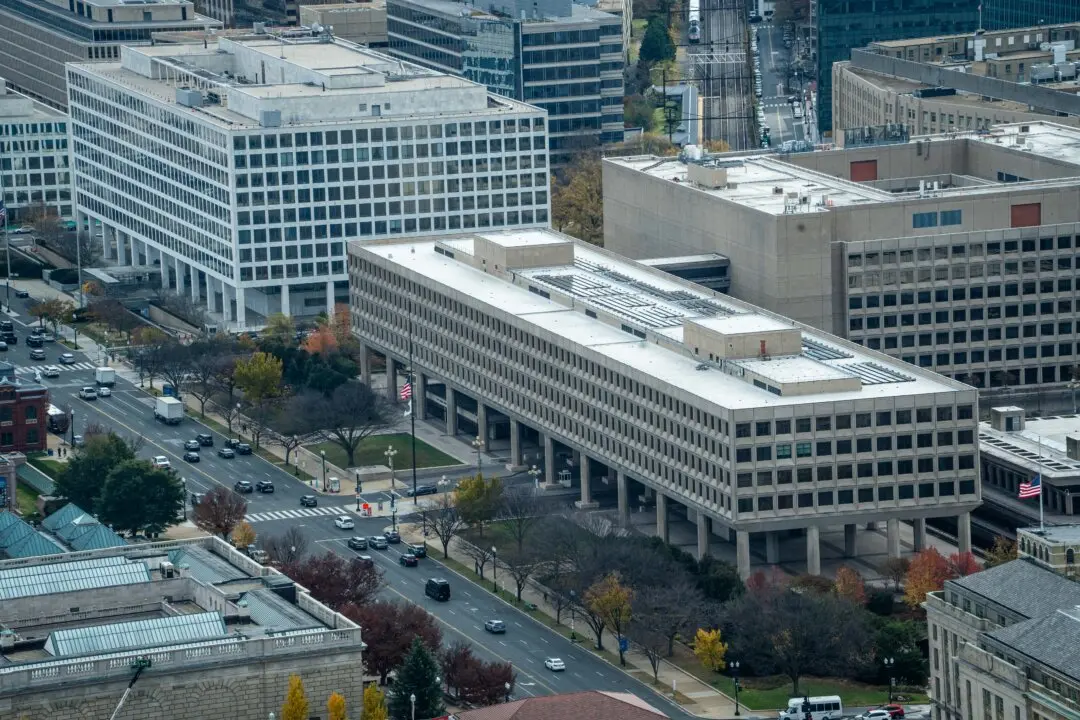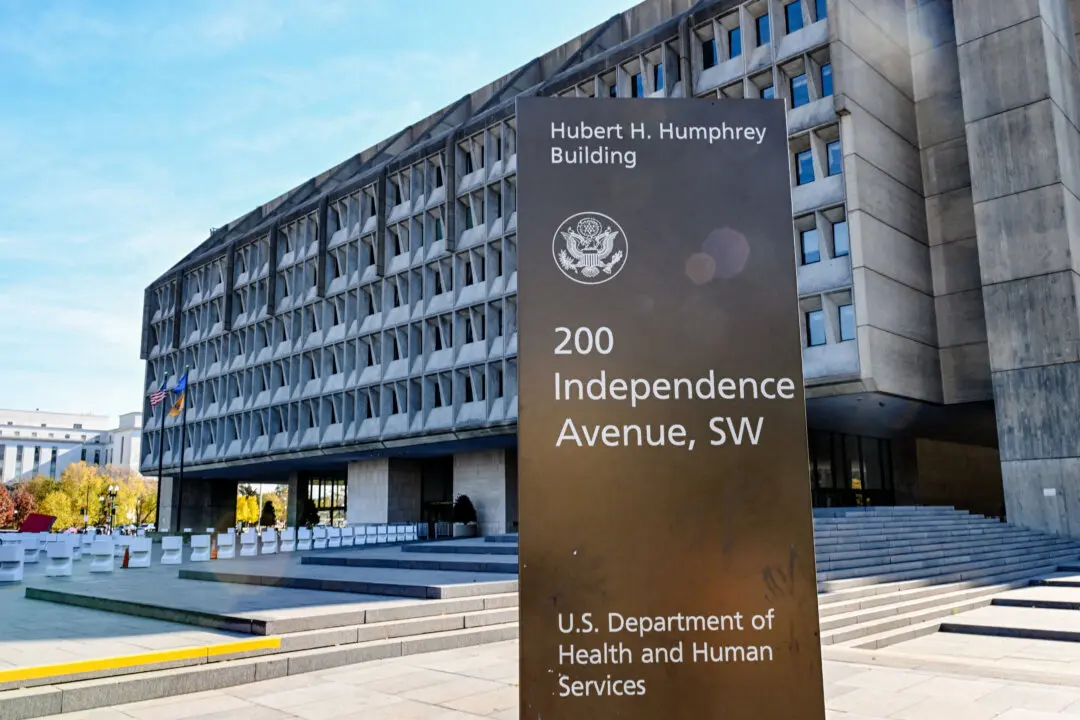ORANGE, Calif.—Economists at Chapman University are predicting Republicans will see a midterm gain of 53 seats in the House of Representatives and high gas prices may be the reason.
“There is a relationship between the price of gas and election results,” Chapman University President Emeritus Jim Doti said June 23 at the school’s Economic Forecast Update in Orange, California.





